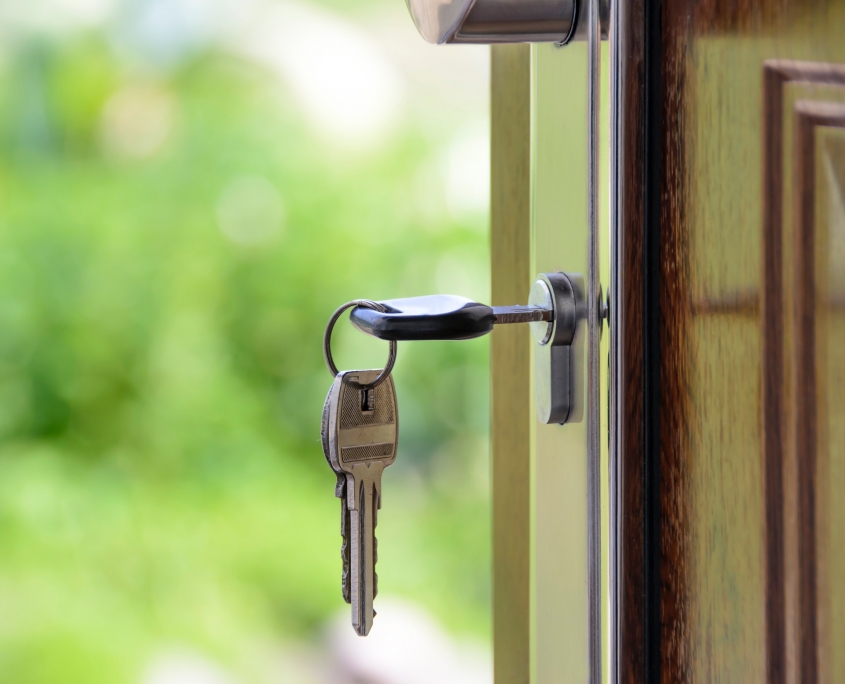Keeping informed - changes to smoke alarm requirements
It is critical that all rental premises meet all health and safety requirements, particularly concerning smoke alarms. The article highlights come of the new requirements with respect to smoke alarms.
The Fire and Emergency Services (Domestic Smoke Alarms) Amendment Act 2016 (Qld) commenced on 1 January 2017 and imposes additional obligations on property owners/managers with regards to the installation and maintenance of smoke alarms at domestic dwellings.
If the existing smoke alarms were manufactured less than 10 years ago, and are still in good working order, they will comply with the new legislative requirements. However, property owners/managers need to understand the new requirements and the timeframes that apply.
From 1 January 2022, there are changes including:
Smoke alarms in all dwellings must:
- be photoelectric (AS 3786-2014)
- not also contain an ionisation sensor
- be less than 10 years old
- operate when tested
- be interconnected with every other smoke alarm in the dwelling so all activate together
- be either hardwired or powered by a non-removable lithium 10-year battery.
Smoke alarms must be installed on each storey:
- in each bedroom
- in hallways which connect bedrooms and the rest of the dwelling; or
- if there is no hallway, between the bedrooms and other parts of the storey
- if there are no bedrooms on a storey, at least one smoke alarm must be installed in the most likely path of travel to exit the dwelling.
Find out more about the new smoke alarm legislation from Queensland Fire and Emergency Services or visit Queensland Government’s RTA or contact your Elevate Residential property manager for further information.
Please note: we encourage you to consider this information ahead of the legislative deadlines- we anticipate there to be strong demand for tradespersons to assist with the installation process.



